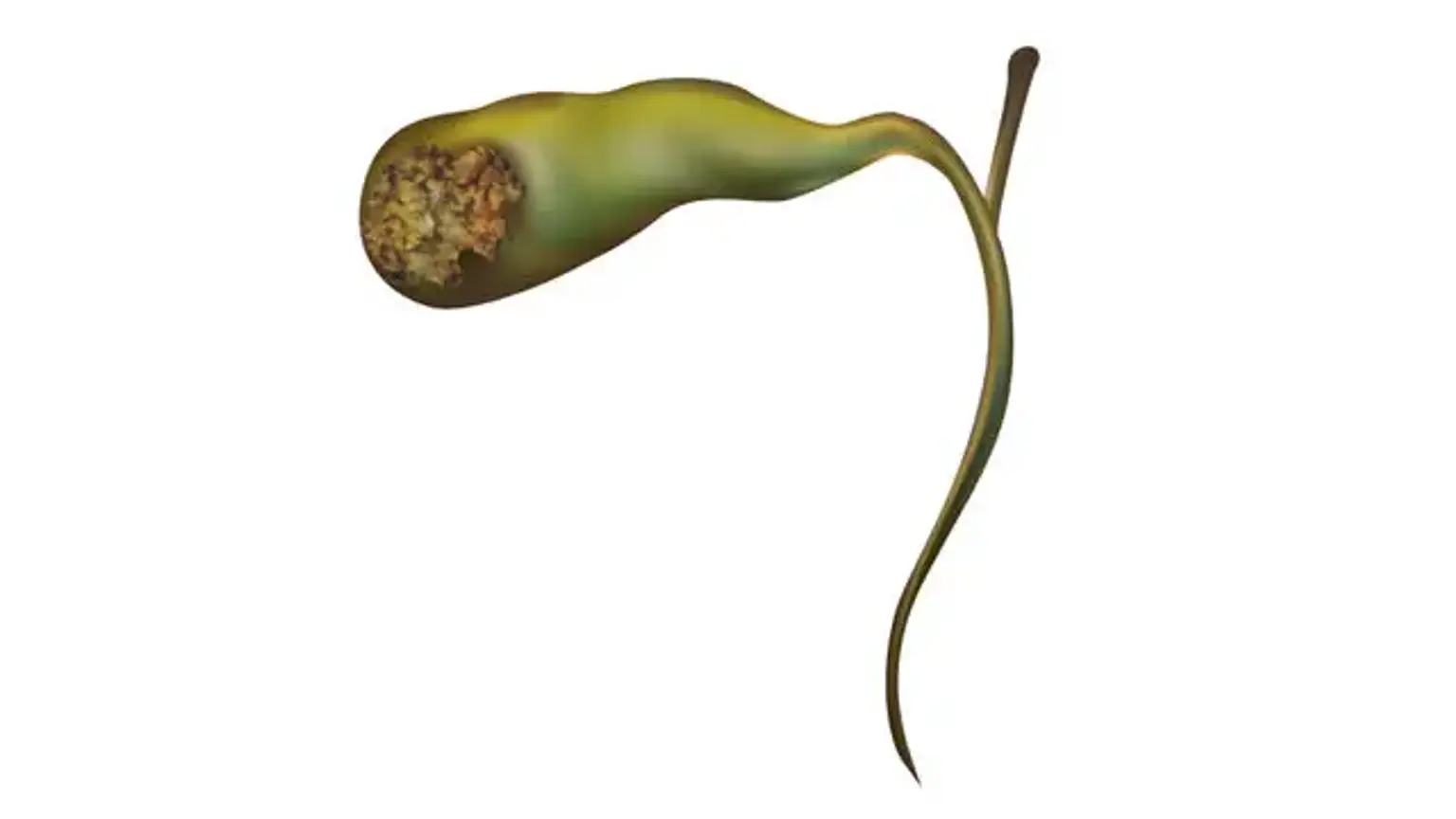Gallbladder Cancer
Overview
Gallbladder cancer is the sixth most frequent gastrointestinal cancer, but it is the most prevalent biliary system cancer, accounting for 80-95 percent of biliary tract malignancies. This tumor is a severely deadly illness, with a 5-year overall survival rate of fewer than 5% and a mean survival time of fewer than 6 months.
The gallbladder is a tiny hollow organ that stores and concentrates bile before releasing it into the small intestine. The pear-shaped gallbladder in humans is located underneath the liver, but the anatomy and position of the gallbladder vary greatly between animal species. It absorbs and stores bile generated by the liver via the common hepatic duct before releasing it into the duodenum via the common bile duct, where it aids in fat digestion.
An early diagnosis is critical since this cancer grows quietly if detected late. After a simple cholecystectomy for suspected gallbladder stone illness, 0.5-1.5 % of individuals are identified with gallbladder cancer. Laparoscopy should not be performed on patients who have a preoperative suspicion of gallbladder cancer.
